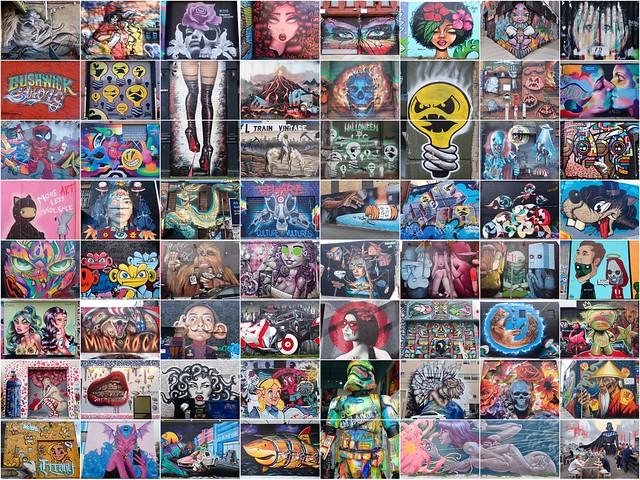



Turmi
Overview
Overview of Turmi
Turmi is a vibrant town located in the Southern Nations, Nationalities, and Peoples' Region of Ethiopia, known for its rich cultural tapestry and stunning landscapes. Nestled in the heart of the Omo Valley, Turmi serves as a gateway to the fascinating lives of the Hamar people, one of the most iconic ethnic groups in Ethiopia. The atmosphere here is both lively and rustic, with a mix of traditional huts dotting the landscape and the bustle of local markets creating a sensory delight for visitors. The town’s colorful surroundings and palpable energy make it a unique destination for travelers seeking an authentic cultural experience.
Cultural Significance
The culture of Turmi is deeply intertwined with the traditions of the Hamar people, who are known for their elaborate customs and striking dress. Visitors can witness traditional ceremonies, including the famous "Jumping of the Bull" ritual, which is a rite of passage for young Hamar men. This vibrant event showcases the community's values of bravery and resilience, and it provides travelers with a rare opportunity to engage with the local culture up close. The Hamar women, adorned in intricate beadwork and traditional attire, often draw admiration for their beauty and strength, making for a captivating sight as they go about their daily lives.
Natural Beauty and Adventure
Surrounded by breathtaking landscapes, Turmi is a paradise for nature lovers and adventure enthusiasts. The Omo Valley is characterized by diverse ecosystems, from lush savannahs to arid plateaus, offering a wide range of outdoor activities. Travelers can embark on hikes to explore the stunning scenery, or take guided tours to discover the local flora and fauna. The nearby Omo River provides opportunities for canoeing and fishing, while the surrounding hills offer panoramic views that are perfect for photography and contemplation.
Local Markets and Cuisine
One of the highlights of visiting Turmi is the bustling local market, held on Mondays and Thursdays, where traders from various ethnic groups converge to sell their goods. The market is a sensory feast, with the aroma of local spices and traditional dishes wafting through the air. Visitors can sample local delicacies such as injera (a sourdough flatbread) served with spicy stews, or try the unique honey wine known as tej. Engaging with local vendors and learning about their crafts, from handmade jewelry to woven baskets, adds a personal touch to the travel experience, allowing for meaningful interactions that enrich one’s understanding of the culture.
Historical Context
Turmi is not only a hub for cultural exchange but also a place of historical significance. The region has been inhabited for thousands of years, and archaeological findings indicate that it was once home to ancient civilizations. The history of the Hamar people and their way of life reflects a deep connection to the land and a resilient spirit that continues to thrive in modern times. This background offers travelers a chance to appreciate not just the present culture, but also the enduring legacy of the people who call this region home.
Hospitality and Accommodations
The hospitality of the people in Turmi is legendary, making foreign travelers feel welcomed and appreciated. Accommodation options range from simple guesthouses to more upscale lodges that offer a mix of comfort and local charm. Staying in Turmi provides an immersive experience, as many lodges are designed to reflect traditional Ethiopian architecture and often feature local art and crafts. The warmth of the local community will make your stay memorable, as many residents are eager to share stories and traditions with visitors.
Turmi is a captivating destination that brings together the essence of Ethiopian culture, natural beauty, and a welcoming atmosphere. For those seeking to explore the depths of Ethiopia’s diverse heritage, Turmi offers a unique and unforgettable experience that will leave a lasting impression.
Other towns or cities you may like in Ethiopia
Explore other cities that share similar charm and attractions.


